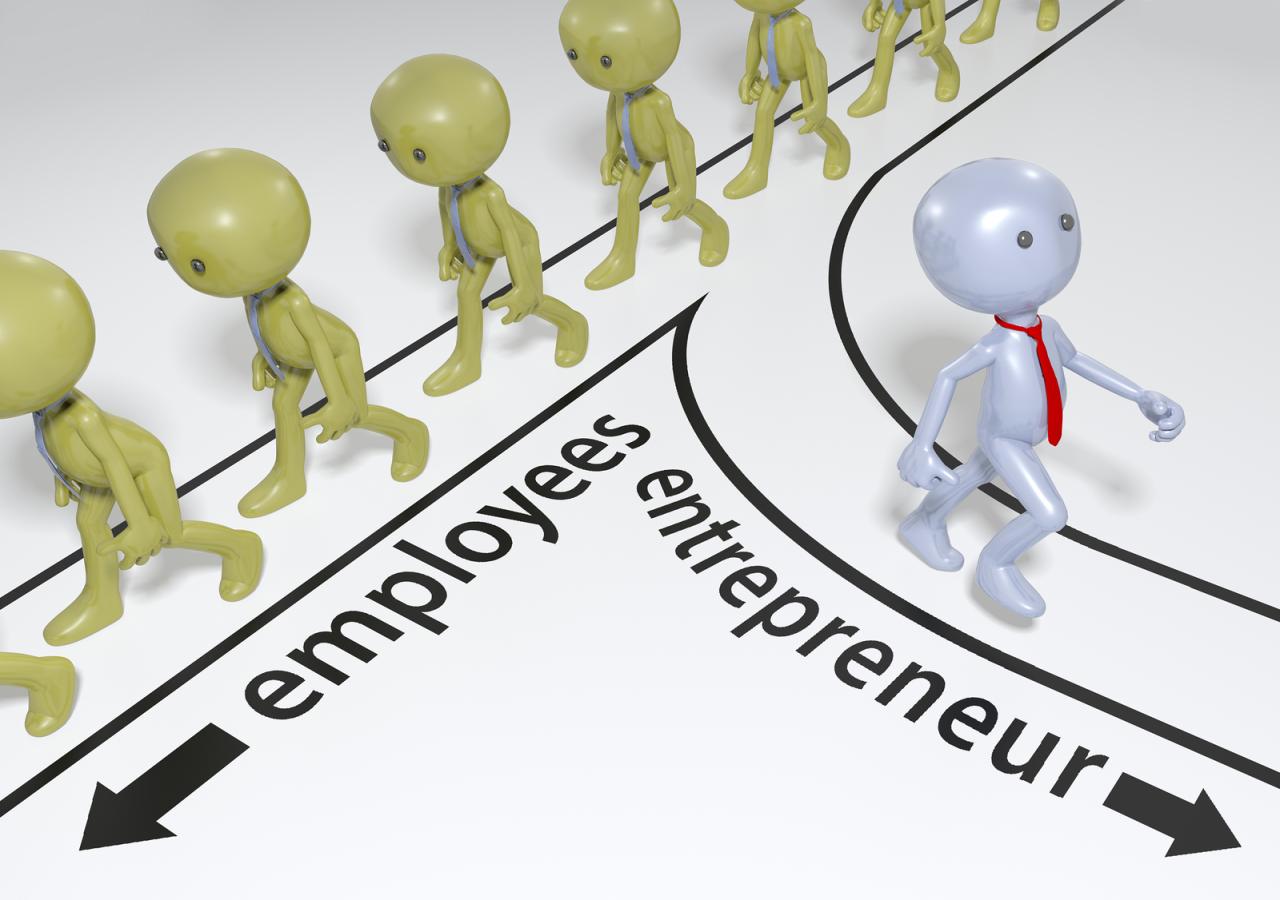The entrepreneurial journey is a compelling and challenging one, filled with the promise of creating something from nothing. For decades, the path to building a successful business was often a high-risk, high-cost endeavor, accessible only to those with significant capital and a network of seasoned mentors. But today, a new wave of innovation is democratizing entrepreneurship. Technology is not only providing a powerful suite of new tools but also fundamentally changing the very nature of what it means to start, build, and grow a company. Innovation is no longer just about the product; it’s about the processes and the tools that enable a business to thrive.
This comprehensive guide will serve as a roadmap for modern entrepreneurs. We will explore the most impactful and forward-looking innovative solutions that are empowering founders to succeed. We will delve into everything from AI-powered platforms and new funding models to the fundamental shifts in mindset and strategy that are defining the future of business. By the end, you’ll have a clear framework for leveraging these powerful new tools to build, grow, and scale your business more effectively than ever before.
The Modern Entrepreneurial Mindset

Before you even touch a single tool, the first and most crucial innovation for any entrepreneur is a shift in mindset. The old way of building a business—spending years developing a “perfect” product in secret—is no longer viable. The modern entrepreneurial mindset is built on speed, agility, and a relentless focus on the customer.
- A. From Perfection to Iteration: The modern entrepreneur understands that the first version of their product will never be perfect. The new philosophy is to build a Minimum Viable Product (MVP)—the simplest version of your idea that can still be put in front of customers. The goal is to get it to market as quickly as possible, gather feedback, and then iterate. This approach, borrowed from the software world, minimizes risk and ensures that you are building something people actually want.
- B. The Lean and Agile Approach: The modern entrepreneur operates in a lean and agile manner. This means managing risk, conserving capital, and being flexible enough to pivot when necessary. The “lean” approach is about eliminating waste and focusing only on activities that create value for the customer. The “agile” approach is about adapting to change, embracing new data, and making quick decisions. This is in direct contrast to the traditional, slow-moving corporate approach.
- C. A Global-First Mentality: Technology has effectively eliminated geographical boundaries. The modern entrepreneur understands that their business can be global from day one. You can build a team of freelancers from all over the world, sell your products to a global audience, and raise capital from international investors. This mindset opens up a world of opportunities that were once reserved for large corporations.
The Digital Blueprint
Starting a business used to require a team of developers, a large IT budget, and a physical office. Today, a new wave of technological solutions has made it possible for a single person to build and launch a business with a fraction of the cost and time.
- A. The Rise of No-Code/Low-Code Platforms: This is one of the most powerful innovations for non-technical founders. No-code platforms like Bubble or Webflow allow you to build complex websites, mobile apps, and online marketplaces with a simple drag-and-drop interface, without writing a single line of code.
- How It Works: These platforms provide a visual interface where you can design your user interface, set up databases, and create complex workflows. It’s like building a business with digital Lego blocks.
- Impact: This technology has democratized entrepreneurship. It has significantly reduced the cost and time required to get a product to market, allowing founders to validate their ideas and build a business much faster.
- B. Cloud Computing and SaaS (Software as a Service): The days of needing a physical server room and a large IT department are long gone. Cloud computing and the rise of SaaS have made it possible for small businesses to access enterprise-level technology on a pay-as-you-go, subscription-based model.
- How It Works: A company can now rent computing power from a provider like Amazon Web Services (AWS) or Google Cloud, paying only for what they use. Similarly, they can use a SaaS product like Salesforce (CRM) or HubSpot (marketing) on a monthly subscription, eliminating the need for expensive upfront costs and complex maintenance.
- Impact: This has leveled the playing field, allowing small businesses to access the same powerful technology as large corporations. It has drastically reduced a business’s operational costs and has provided a new level of scalability.
- C. AI-Powered Business Intelligence: In the past, data analytics was a luxury reserved for large companies with a dedicated data science team. Today, AI-powered tools are making business intelligence accessible to every entrepreneur.
- How It Works: AI tools can analyze market trends, predict consumer behavior, and provide actionable insights from your data without the need for complex spreadsheets or statistical models. They can help you identify your most profitable customers, optimize your pricing, and predict future sales trends.
- Impact: This technology empowers entrepreneurs to make smarter, more data-driven decisions. It provides a level of insight that was once unavailable to small businesses, giving them a new competitive advantage.
- D. Remote Work Infrastructure: The rise of remote work has not only changed where we work but also how we build a business. A suite of tools has made it possible to build and manage a global team without a physical office.
- How It Works: Platforms like Slack (communication), Zoom (video conferencing), and Asana (project management) provide a seamless way for a remote team to collaborate, share information, and manage projects. This technology has eliminated the need for a physical headquarters, drastically reducing overhead costs.
- Impact: This has opened up a global talent pool for entrepreneurs. You can now hire the best talent from anywhere in the world, regardless of their location, which can provide a significant competitive advantage.
The Growth Engine
Once you have a product, you need to grow your business and secure funding. The following innovative solutions are fundamentally changing how entrepreneurs market their products and raise capital.
- A. AI-Driven Marketing and Personalization: In a crowded market, generic marketing campaigns are no longer effective. AI is being used to analyze customer data and create highly personalized marketing campaigns that are tailored to the individual.
- How It Works: AI can analyze a customer’s browsing history, their past purchases, and their social media activity to create a dynamic customer profile. It can then use this data to send them personalized email campaigns, show them highly relevant ads, and even recommend products that they are likely to buy.
- Impact: This technology has drastically improved the effectiveness of marketing campaigns, leading to higher engagement and a better conversion rate. It allows entrepreneurs to build a deeper, more meaningful relationship with their customers.
- B. The Power of Crowdfunding: Raising capital from traditional investors is a daunting and difficult process for a small business. Crowdfunding has emerged as a powerful alternative, allowing entrepreneurs to raise money from a large number of people, typically through a platform like Kickstarter or Indiegogo.
- How It Works: An entrepreneur creates a campaign on a crowdfunding platform, detailing their product idea and their fundraising goal. The campaign is then promoted to a large audience of potential backers, who can pledge money in exchange for a reward, such as a pre-order of the product.
- Impact: Crowdfunding has democratized funding and has provided a new way for entrepreneurs to validate their product ideas, build a community of early adopters, and secure the capital they need to get started.
- C. Fintech and Accessible Financial Services: The world of finance is being transformed by new technology, and entrepreneurs are the primary beneficiaries. Fintech solutions are making it easier for small businesses to get loans, manage payments, and handle their accounting.
- How It Works: Platforms like Stripe and Square have made it incredibly easy for an entrepreneur to accept credit card payments, both online and in person. New online lenders are using data analytics to provide loans to small businesses that would not have qualified for a traditional bank loan.
- Impact: This technology has provided a new level of accessibility to financial services, allowing entrepreneurs to manage their money more effectively, get the capital they need to grow, and compete with larger companies.
- D. The Creator Economy and Direct-to-Consumer Models: The internet has eliminated the need for a traditional retailer or publisher. A new wave of platforms is empowering entrepreneurs to build a direct relationship with their audience, creating a more sustainable and profitable business model.
- How It Works: Platforms like Shopify and Substack provide entrepreneurs with all the tools they need to sell their products directly to their customers, without having to go through a middleman.
- Impact: This has given entrepreneurs a new level of control over their brand, their pricing, and their relationship with their customers. It has created a new class of businesses that are built on a direct, authentic connection with their audience.
Emerging Trends in Entrepreneurship

The pace of innovation is not slowing down. The next frontier of entrepreneurship will be defined by a new wave of technologies that will further blur the lines between the digital and physical worlds.
- A. Web3 and Decentralization: Blockchain technology and the rise of Web3 could fundamentally change the way we build businesses. Entrepreneurs are already experimenting with tokenized communities and Decentralized Autonomous Organizations (DAOs), which could provide a new, more transparent way to raise capital and manage a business.
- B. Robotics and Automation: The cost of robotics and automation is falling rapidly, making it possible for small businesses to automate their logistics and manufacturing processes. This could provide a new level of efficiency and a significant competitive advantage for entrepreneurs.
- C. The Subscription Model for Everything: The subscription model, once reserved for software, is now being used for everything from physical products to services. This model provides entrepreneurs with a stable, recurring revenue stream, which can make it easier to predict cash flow and plan for the future.
Conclusion
The entrepreneurial journey is a challenging but incredibly rewarding one. The tools and solutions we have today have made it more accessible than ever, but they are just that—tools. The most important ingredients for success remain human creativity, resilience, and a passion for solving a real problem. The “innovation” in entrepreneurship isn’t just about a new product; it’s about a new way of thinking, a new way of building, and a new way of connecting with your customers.
By embracing a lean, agile, and global mindset, and by leveraging the powerful solutions we have discussed, you are giving yourself the best possible chance of success. But remember that technology is only as good as the person who wields it. The most successful entrepreneurs are those who are not afraid to get their hands dirty, to talk to their customers, and to put in the hard work that is required to turn an idea into a reality. The future of business is in your hands.









